What began as a short film from two Australian film students became a runaway hit at the box office, one which more or less kicked off a movement of American horror cinema. SAW, released in 2004 via Lionsgate Films and Twisted Pictures, with a top line including Cary Elwes (The Princess Bride) and Danny Glover (Lethal Weapon franchise) was made on a shoestring budget of $1.2M US and raked in over $100M US, launching the previously independent small-time distributor (which also took on another film covered in this column, House of 1000 Corpses) into the stratosphere, giving Lionsgate its first massive hit. Not until The Hunger Games did the studio itself see the commercial wins that SAW gave it, though its imprint Summit Entertainment did have The Twilight Saga, whatever that's worth.
After the shocking success of the film, a sequel was ordered, though James Wan and Leigh Whannell, the driving forces behind the original, were hard at work on Dead Silence, their haunted artifact film starring True Blood heartthrob Ryan Kwanten, opening the door for a script by to-then music video director Darren Lynn Bousman to be picked up and re-worked by Whannell into fitting the motif of SAW. Among Bousman's music video credits to that point is Static-X's “So,” from the band's 2003 album Shadow Zone.
With the increase in budget and a new director came an expansion to the film's lore. While the first film was mostly contained in the now-legendary “shit room,” the sequel saw multiple locations, including Jigsaw's lair and the gas house, the latter of which saw a number of victims held captive. This also started the phenomena which James A. Janisse of Dead Meat fame coined the “cop plot” and “trap plot,” creating clear A- and B-lines for the film's story that would converge in a shocking twist. The trailer and marketing material promised more, and they were going to give it to us.
The cop plot centers around Detective Eric Matthews (Donnie Wahlberg), his troublemaker son Daniel (Erik Knudsen), and his team investigating the crimes of one John Kramer (Tobin Bell), aka The Jigsaw Killer. Eric is a crooked cop with a shady history both on and off the clock, and that is the crux of his game: a conversation with death himself, as far as this unnamed city is concerned. All the while, the trap plot a group of convicts including Daniel, who seems to be destined for a criminal history before long, are trapped in a house filled with a nerve gas similar to that used in the real-life Tokyo subway attacks carried out by the death cult Aum Shinrikyo. Antidotes are hidden throughout the house, but brains must triumph over brawn if anyone is going to make it out in one piece.
Most memorable among the visuals in the movie is the needle pit, as getting inoculations and vaccines is something that most of us are all too familiar with these days, and the skin-crawling nature of the trap makes it a difficult watch. What helps put the visuals over the top is the editing of the film by Kevin Greutert, who took what were limitations faced by the first film and made them part of the magic of this macabre tale. Dim color schemes, stark realism, and frenetic edits that would make Kevin Dunn cry all became staples of the visual language of the SAW films, and these are things that could have easily been “fixed” by a bigger budget and more studio interference. That they became the standard and part of the greater package is not only an achievement, but frankly a blessing, as seen by the uneasy cleanliness of 2017’s reboot Jigsaw.
Add in a secondary antagonist in the hot-headed Xavier (Franky G) and a returning Amanda Young (Shawnee Smith), and this sequel had no shortage of great characters to work with, even if one of the more recognizable characters in Laura (Beverley Mitchell of 7th Heaven fame) ends up succumbing to the nerve gas rather than an elaborate or flashy trap. This isn’t a perfect sequel by any means, but the final twist revealing the successor to Jigsaw’s mission makes this a more than capable second act in this sanguine saga.
Of course, in the twenty years since SAW II's release, so much has been canonized outside of the original septology. For one, the two video games released by Konami in 2009 and 2010 explain what happened to Detective Tapp, portrayed in the films by the iconic Danny Glover. There's also the matter of the tenth and most recent (at time of publication) installment in the franchise, which takes place between films one and two in the timeline, providing a backstory for John Kramer's vendetta against injustice and those who take advantage of others. The games are a rough time to get through, but SAW X is unironically good, and slots in before the subject of this piece for those who prefer timeline order.
The soundtrack of the film is perhaps the most nu of the franchise, with the anchoring single being Mudvayne’s “Forget to Remember.” Bousman directed the music video for the song, which would go on to feature on the band’s third LP Lost and Found. A remixed version by Chris Lord-Alge would feature on the film’s soundtrack album.
Rounding out the rest of the soundtrack would balance nu metal and industrial music, with appearances from acts such as Papa Roach, Sevendust, Bloodsimple, Revolting Cocks, and Skinny Puppy. Longtime Nine Inch Nails member Charlie Clouser provided not only the film’s score, which he has done for all ten films so far, but also a remix of Puscifer’s “Rev 22:20” and a take on the iconic “Hello Zepp” titled “Don’t Forget the Rules” which features Wes Borland on guitars. That said, the soundtrack is difficult to find on streaming, at least through traditional (read: legal) means.
Where the first film laid the foundation for what would become one of the most profitable franchises in all of horror history, SAW II made the franchise appointment cinema for its initial seven-year run. Every Halloween, a new SAW film would be in theaters, and even the lowest-grossing of the bunch, the criminally underrated SAW VI, made triple its budget at the box office, to say nothing of the ancillary markets and the unrated DVDs that fueled them. It further solidified the visual and narrative tropes that made the franchise stand out in a post-9/11, post-Scream realm, and it made what was otherwise a police procedural dialed up to eleven into a horror heavyweight that is celebrated over two decades later. No one is above the saw, and no matter where this franchise goes next, its mark on film has been made, as were the choices of its many morally grey characters.


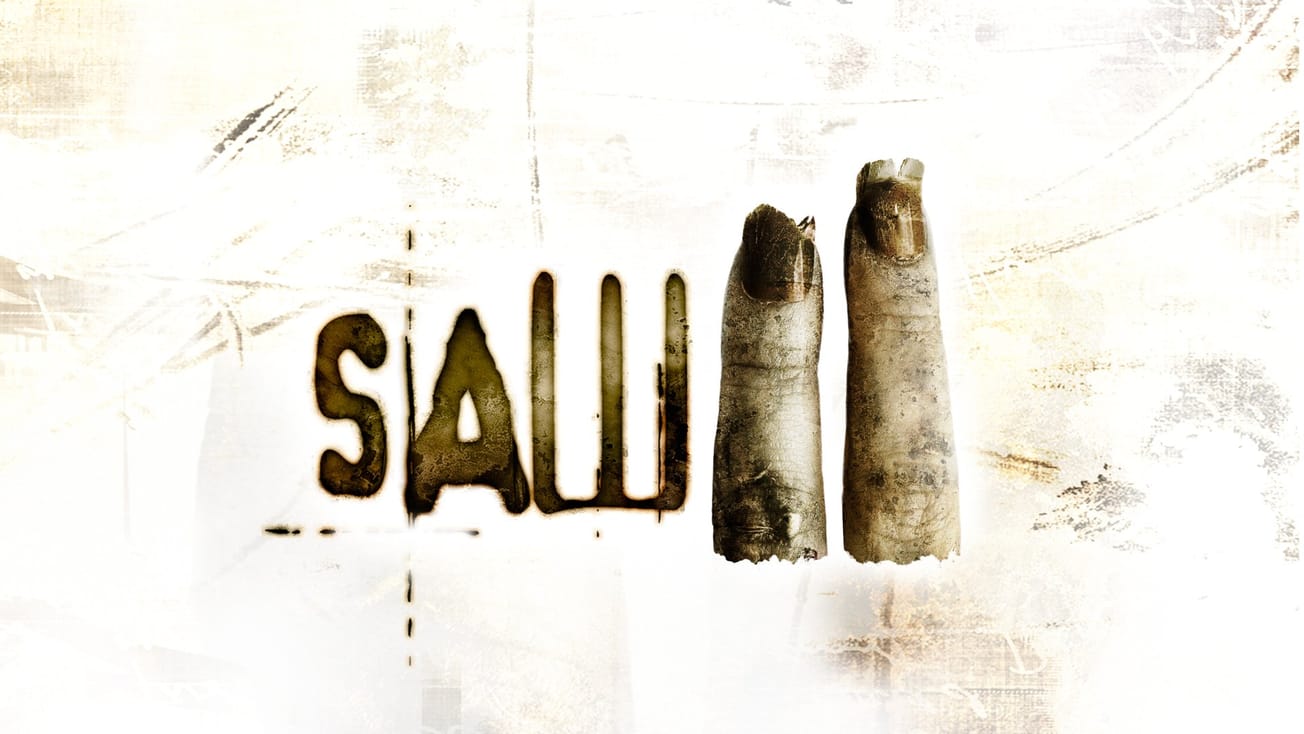
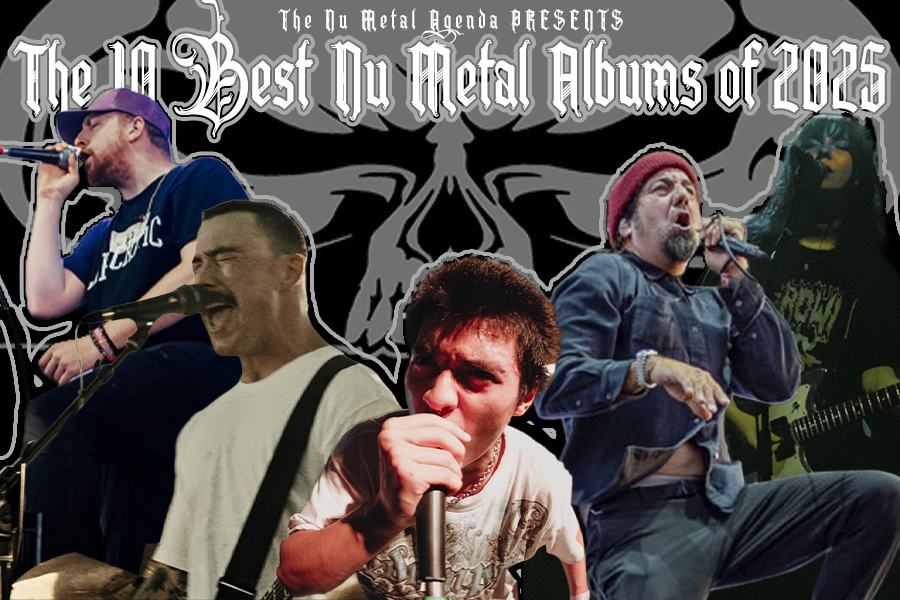

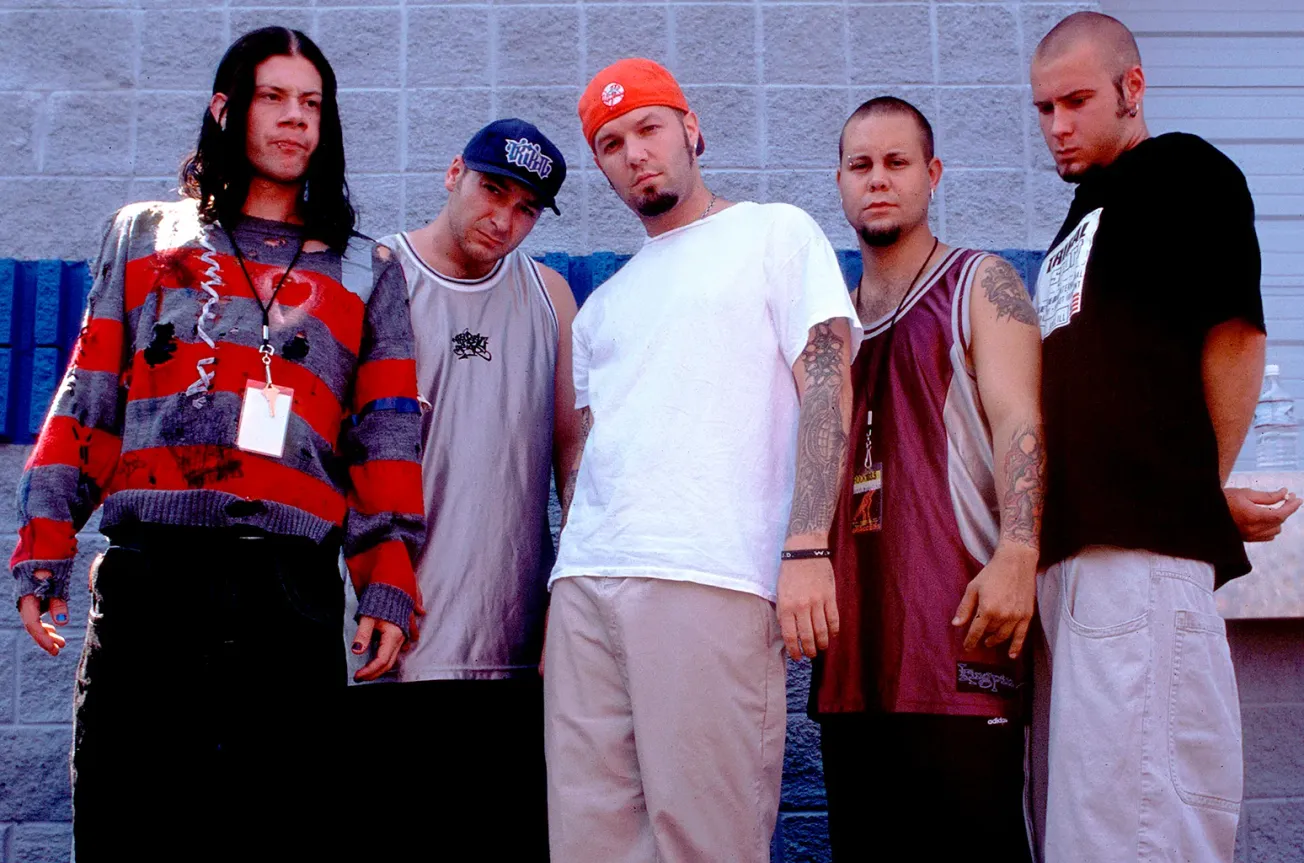

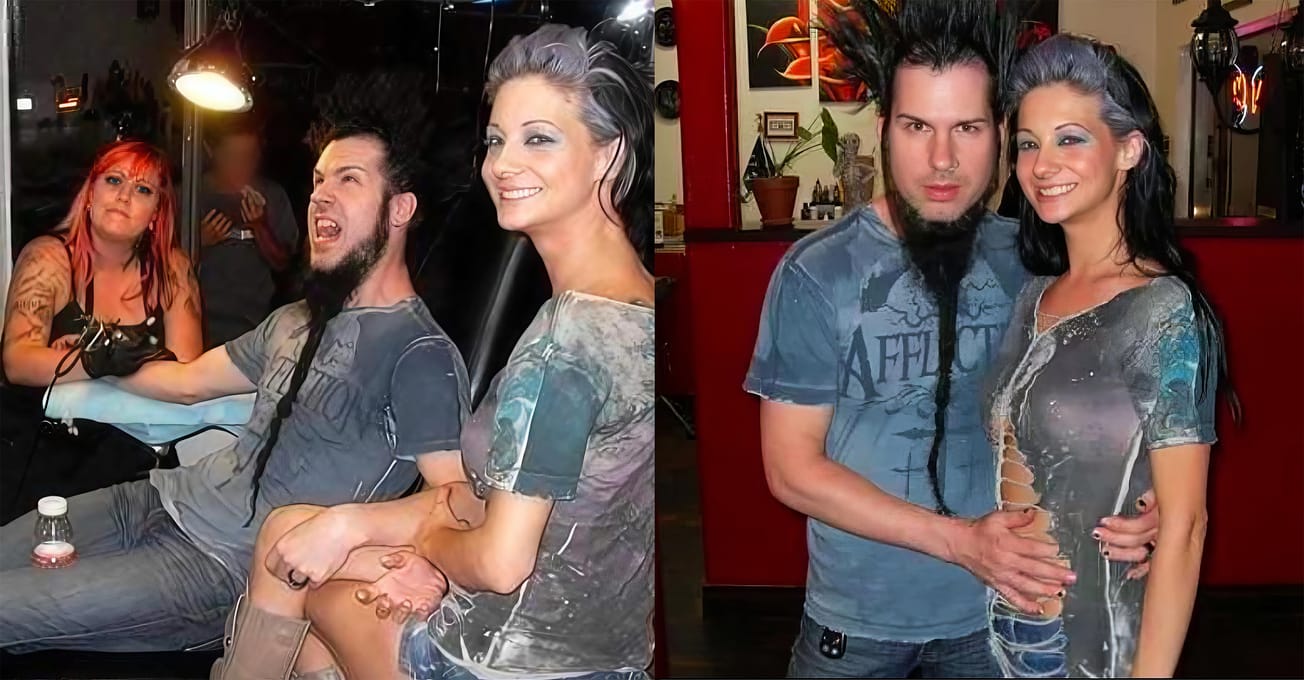
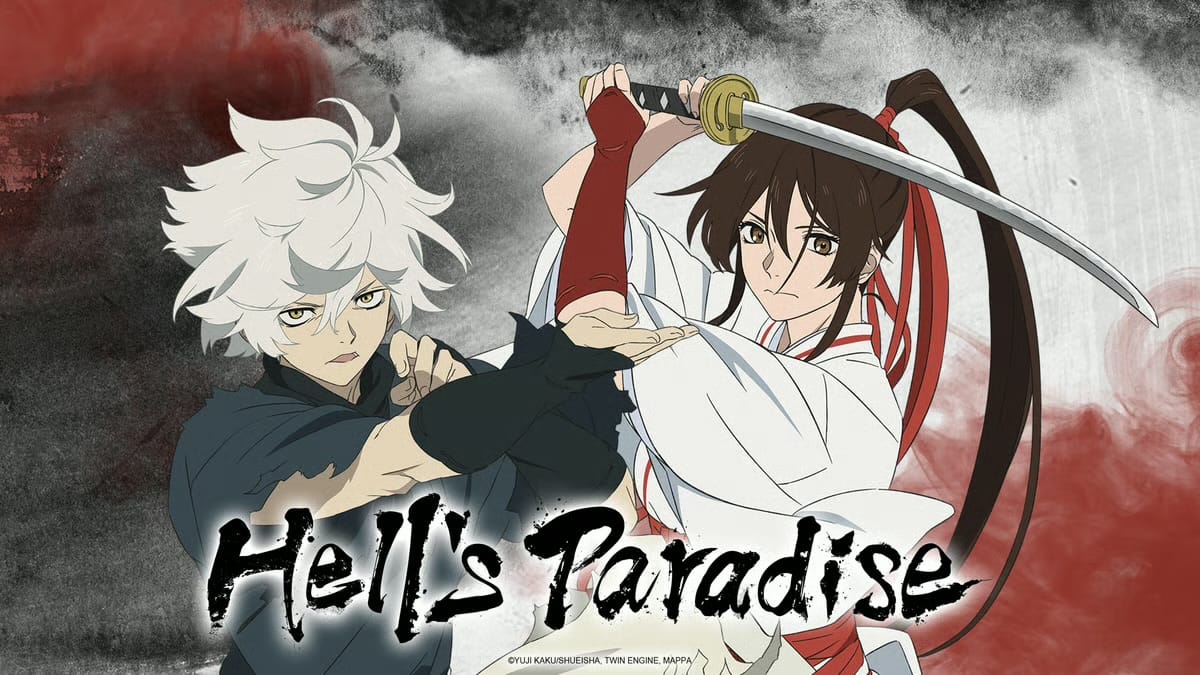
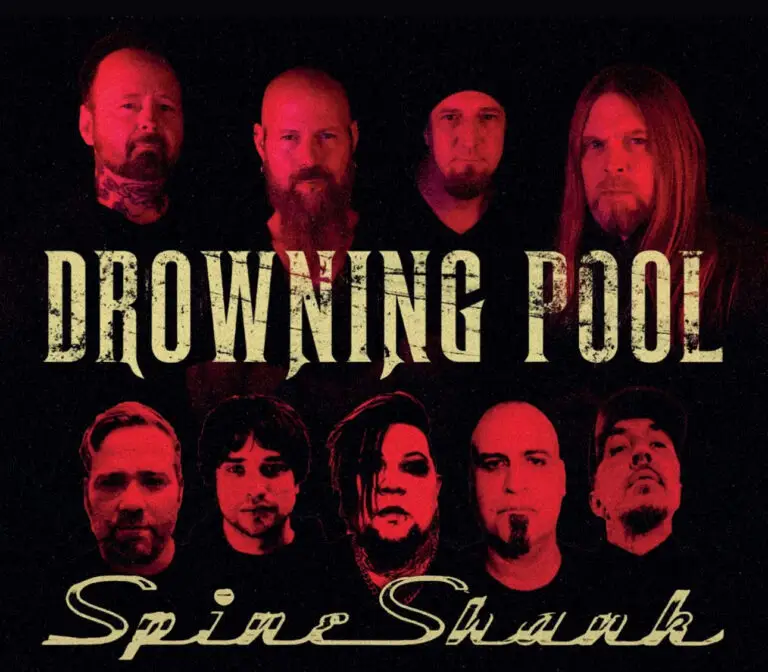
![The Browning Continue To [EVOLVE], Expand Winter Tour](/content/images/size/w1304/2025/12/browning-1000x515--1-.jpg)